- Log in
-
- Sydney Overseas Office
- London Overseas Office
- Paris Overseas Office
- Toronto Overseas Office
- Los Angeles Overseas Office
- New York Overseas Office
- Ulaanbaatar Overseas Office
- Istanbul Overseas Office
- Dubai Overseas Office
- New Delhi Overseas Office
- Manila Overseas Office
- Jakarta Overseas Office
- Hanoi Overseas Office
- Kuala Lumpur Overseas Office
- Singapore Overseas Office
- Bangkok Overseas Office
- Map
- Sydney Overseas Office
- London Overseas Office
- Paris Overseas Office
- Toronto Overseas Office
- Los Angeles Overseas Office
- New York Overseas Office
- Ulaanbaatar Overseas Office
- Istanbul Overseas Office
- Dubai Overseas Office
- New Delhi Overseas Office
- Manila Overseas Office
- Jakarta Overseas Office
- Hanoi Overseas Office
- Kuala Lumpur Overseas Office
- Singapore Overseas Office
- Bangkok Overseas Office
Travel Highlights
-
-
-
Special Tips to Enjoy the Five Royal Palaces in Seoul
-
08/22/2024
3.6K
-
2
6
-
-
Korea_Traditional_Culture
traditional
Gyeongbokgung_Palace
Changdeokgung_Palace
Deoksugung_Palace
-
-
-
In Seoul, you can find Five Royal Palaces that embody the history of the Joseon dynasty.
-
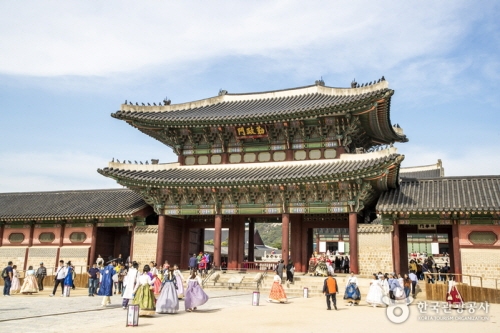
Gyeongbokgung Palace: Primary Palace of the Joseon dynasty
This is the largest and grandest palace of Joseon, the first to be built after the capital was moved to Hanyang (Seoul). Located at the heart of Hanyang, it was built along a straight axis from the main gate, Gwanghwamun Gate. Don’t miss Geunjeongjeon Hall and the pond around Gyeonghoeru Pavilion and Hyangwonjeong Pavilion. -
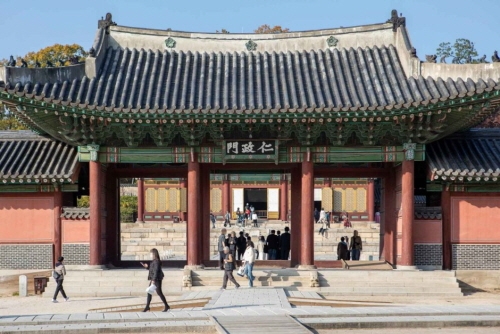
Changdeokgung Palace: Unique UNESCO World Heritage Site
This palace was the de facto primary palace of Joseon, having been used extensively by the kings of the dynasty for many years. The Secret Garden was a place for the royal family to relax. It stands as the best and foremost example of traditional Korean gardens, especially for its art of shaping a garden in line with the natural layout of the land. -
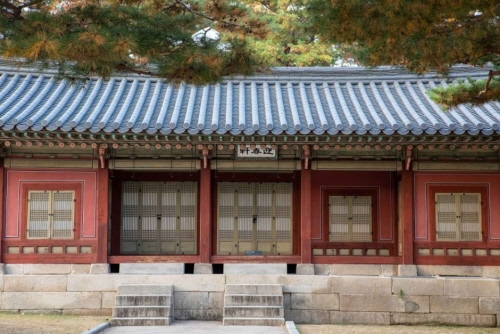
Changgyeonggung Palace: Residence of Joseon’s Royal Court
This palace was used as a single complex with Changdeokgung Palace. If Changdeokgung Palace was the place of political affairs, Changgyeonggung Palace functioned as the space of living. For this reason, it is the backdrop to which many stories of Joseon’s royal court, such as births and deaths of kings, have been played out. -
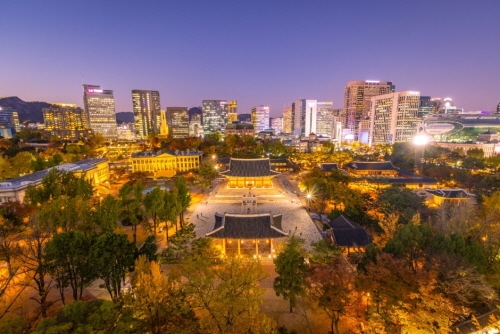
Deoksugung Palace: Midpoint between Tradition and Modernity
With its history throughout the Joseon and Korean Empire periods, Deoksugung Palace has a unique ambiance that blends tradition and modernity. It was used as a temporary palace during the Joseon period before it was elevated as the main palace of the Korean Empire by King Gojong. He lived in this palace until his death. -
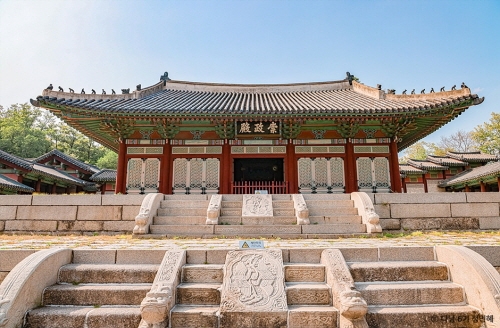
Gyeonghuigung Palace: Quiet and Cozy Palace
Because Gyeonghuigung Palace has yet to be restored to its original status, one can explore the palace grounds in relatively little time. With fewer visitors than other palaces, it allows visitors to enjoy the tranquility in a relaxed atmosphere, along with the Seoul Museum of History nearby.
Location of Seoul’s Five Royal Palaces
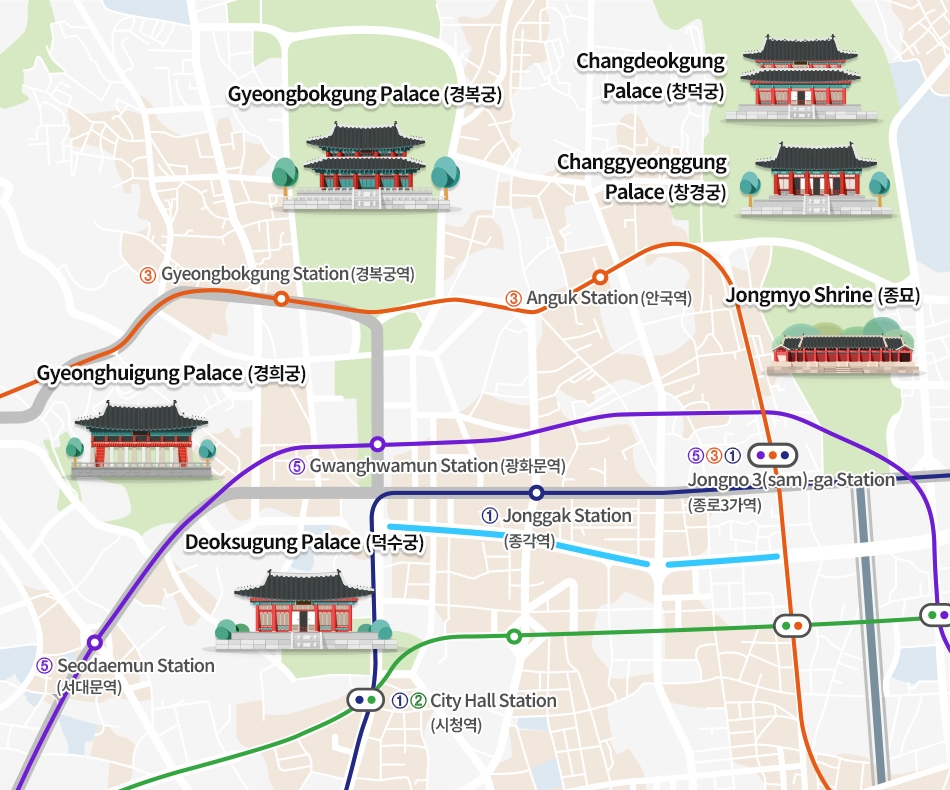
Meet the Unique Beauty of Korea by Touring the Palaces in Seoul
K-Royal Culture Festival
The K-Royal Culture Festival is a cultural heritage event held every spring and fall at the five royal palaces and Jongmyo Shrine in Seoul, which embody the history of the Joseon dynasty and the Korean Empire. The 2024 K-Royal Culture Festival especially celebrates the 10th anniversary of the event. Last spring, it was attended by 155,000 international visitors. This fall’s event (October 9-13) will feature a variety of events centered around hanbok, the traditional clothing of Korea, along with two musicals to be performed in Changgyeonggung Palace, and other programs that will bring you closer to the royal palaces and culture of Joseon.
Tips for K-Royal Culture Festival
- 1. Free admission for visitors wearing hanbok: Palaces offer free admission to visitors wearing hanbok. Note that the festival also awards souvenirs to those chosen as “the best dresser” during the festival. Souvenirs for visitors who attend paid palace events in hanbok will continue to be given out for three months, from September to November.
- 2. K-Royal Palaces Pass: This special ticket allows unlimited entrance to the five royal palaces in Seoul, regardless of the date. Note that this ticket does not include free entrance to nighttime programs and the Secret Garden of Changdeokgung Palace!
- 3. Special programs held in the five royal palaces often involve fierce competition for reservation. This fall, however, the ticketing system will be switched to a lottery-based system, so keep your fingers crossed and sign up!
- 4. You can also find many permanent programs that you can join on-site without reservation.
Special Programs for the Five Royal Palaces
Starlight Tour in Gyeongbokgung Palace
This special night event allows you to enjoy a gugak (Korean traditional music) performance in the kitchen of the royal court (Sojubang) and even taste the royal table (sura) that was served to the kings of Joseon. After the meal, enjoy a guided walk through the palace.
Moonlight Tour in Changdeokgung Palace
Changdeokgung Palace is the only Joseon palace to be designated as a UNESCO World Heritage Site. The Secret Garden of Changdeokgung Palace was closed off to even Koreans until more recent years, making it a true “secret garden.” Take the traditional lantern (cheongsachorong) and walk the palace, listening to the hidden stories and feeling the atmosphere.
Seokjojeon at Night in Deoksugung Palace
If the palaces come from the Joseon period, are all buildings in the palatial complex hanok buildings? Well, no, because of Seokjojeon Hall, the oldest neoclassical stone structure in Korea. Sample the coffee and desserts that the royal family enjoyed at Seokjojeon Hall’s Terrace Café and watch a musical in the reception room.
Saenggwabang in Gyeongbokgung Palace
Saenggwabang was the department charged with the preparation of desserts and special meals for the king and the queen. This program allows you to enjoy the refreshments and herbal tea that were served to the kings of Joseon.
* Programs must be booked in advance, so please check the official website for details before visiting.
- ☞1330 Korea Travel Helpline: +82-2-1330
- 1330 Text Chat: m.site.naver.com/1rEid
- (Korean, English, Japanese, Chinese, Russian, Vietnamese, Thai, Indonesian)
* This column was last updated in July 2024, and therefore information may differ from what is presented here. We advise you to check details before visiting.
-
-





